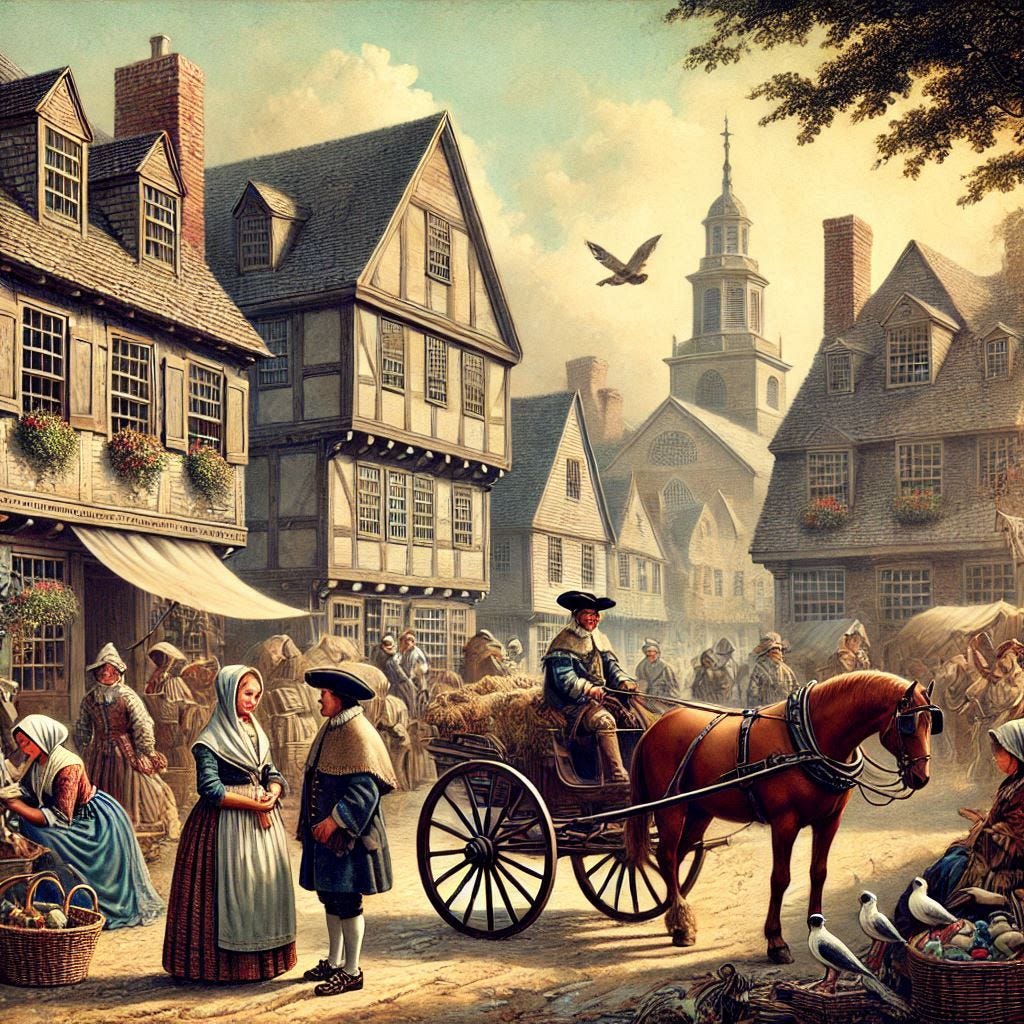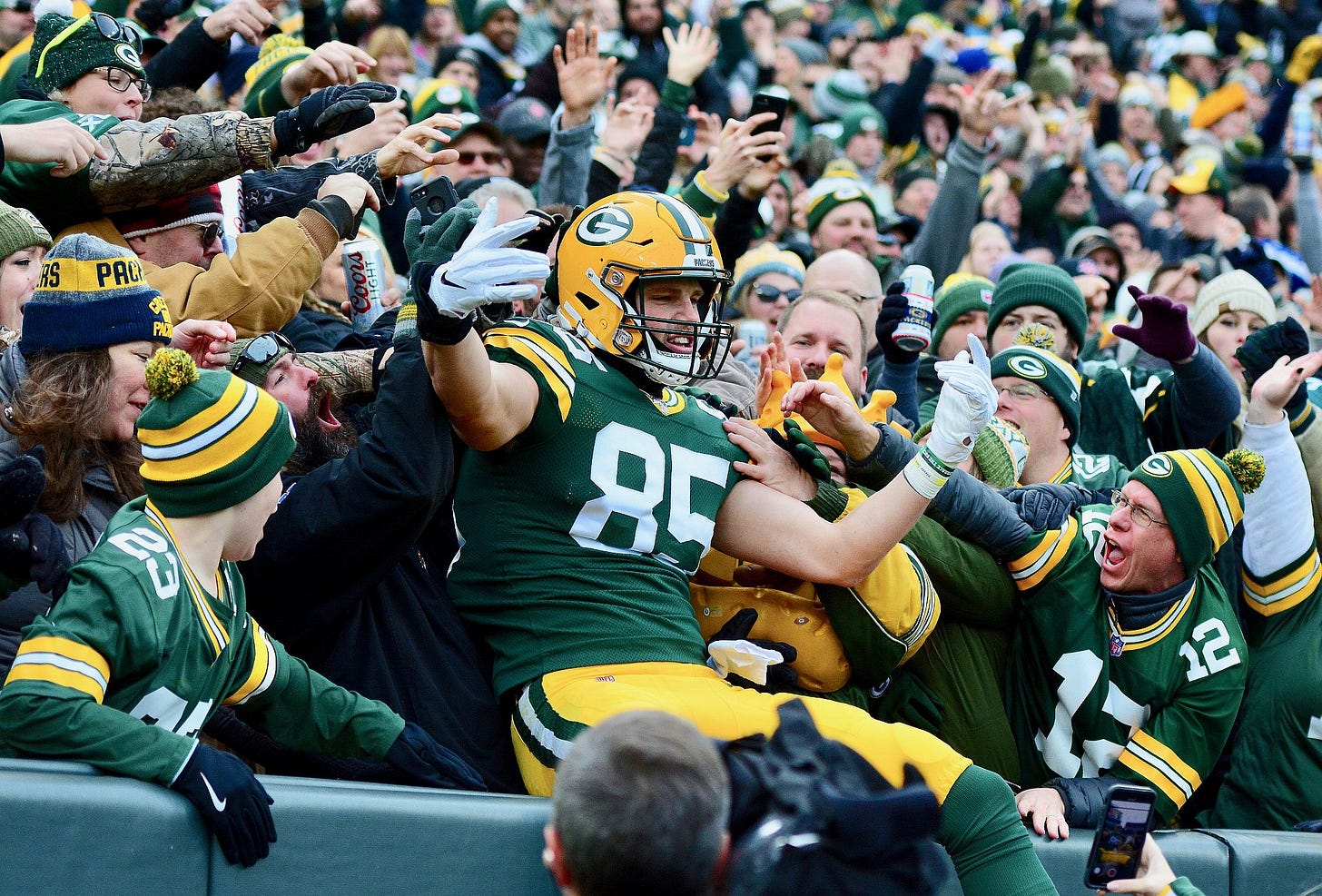The Mysteries of History (January 14 Edition)
Colonial Constitution, End of Revolutionary War, Precursor to Japanese Internment Camps, Lambeau Leap
1639 — First Constitution of the American Colonies
Nineteen years after the “pilgrims” arrived on the Mayflower, and 137 years before the start of the Revolutionary War (and 145 years before it ended—see next item), a Constitution for the American colonies was adopted in Hartford, Connecticut.
Questions: What was in that 1639 Colonial Constitution? Who was primarily behind it (which Colonies and individuals)? How did it differ, and in what ways was it similar, to the Constitution of the United States of 1787 (written, signed) and 1788 (ratified)? What famous author lived in Hartford in the 1800s? What other famous people and businesses have lived and been located there? What industry or industries is it most known for?1784 — Revolutionary War Ends
In the Second Treaty of Paris (the first one ending the Seven Years War of 1756-1763), Britain acknowledged that the United States was independent, making the success of America’s War for Independence official. The Continental Congress in the U.S. ratified the Constitution under discussion on this date in 1784.
Questions: Who was at Paris representing the United States when the Treaty was signed? Did the United States have to accept any stipulations, or was an "unconditional surrender" demanded of the British? How long was it before the British tried again to gain back the United States, and what prompted that attempt? Why was the Seven Years War not considered the first World War?1942 — Precursor to Japanese Internment Camps
public domain image from wikimedia commons
In the middle of World War 2 (which lasted from 1939 to 1945), and shortly after the United States was attacked by the Japanese military at Pearl Harbor, Hawaii (not yet a State) on the infamous day of December 7, 1941, FDR (Franklin Delano Roosevelt) ordered that all “enemy aliens” (meaning non-U.S. citizens from Germany, Italy, and Japan, their chief adversaries in the War, who were residing in the U.S.) register with the United States Department of Justice. This collection of personal data led, at least indirectly, to the forced relocation of many Japanese living in the Western United States to internment camps.
Questions: Why were the Japanese, in particular, those who were targeted by this decree? How many people were directly affected? How long did some remain in the camps? When released, were they able to recover the economic losses they suffered? Have any reparations been made to those interned, or to their children and grandchildren? Were any Germans or Italians similarly treated (see image above)? To what extent? Could something similar ever happen again?1993 — First Lambeau Leap
public domain image from wikimedia commons
Thirty-two years ago today, on January 14th, 1993, superb Safety Leroy Butler performed the first Lambeau Leap after a fumbled ball, recovered by his teammate Reggie White, was pitched to him as White was falling/being pushed out of bounds. Butler took it in for a touchdown, and spontaneously indicated his intention to the fans in the back of the end zone that he was going to leap into the stands in celebration. A tradition that continues until today thus began. Since then, more than 400 Lambeau Leaps have been made.
Questions: What else did Leroy Butler accomplish in his career? What else did Reggie White accomplish in his career? Who is depicted in the image above (it's not Leroy Butler, and it's not from 1993)?








